One year ago, the staff of the Times-Picayune got laid off. Here’s where they are now.

One year ago, the staff of the Times-Picayune got laid off. Here’s where they are now.

By Kristen Hare
‘Journalism is not for the faint of heart, and I’m still learning about that to this day.’
One year ago, the staff of the
Times-Picayune got laid off.
Here’s where they are now.

‘Journalism is not for the faint of heart, and I'm still learning about that to this day.’
Let’s get this out of the way upfront — the severance package of nearly all of the journalists laid off from Advance Local’s Times-Picayune included a nondisclosure agreement that prohibited them from saying anything bad about the newsroom that bought it, The New Orleans Advocate.
“The irony was I wasn’t going to anyway,” said Mark Schleifstein, a Pulitzer-winning environmental reporter who was laid off from the Times-Picayune and later hired by the combined Times-Picayune | New Orleans Advocate | NOLA.com. “Why would I?”
Fair enough.
This story isn’t meant to revive the history of the Times-Picayune and the Advocate, the locally-owned newsroom that moved into town when the Times-Picayune dropped print days and hired longtime staffers who’d been laid off in 2012. It’s not about the understandable tensions between the two. And it’s not about the sale of one to the other.
It is about the people who lost their jobs because of that sale.
Local newspapers have been shrinking for the last decade. Between 2008 and 2019, newspapers lost 51% of their employees, a report from Pew found. Enter a global pandemic, and layoffs and closures are continuing at a faster pace than ever.
Still, 161 layoffs in one burst stands out. We wanted to know what happened to as many of them as we could find. Sixty-five were journalists. We tracked down more than 40.
Poynter spoke with several former Times-Picayune staffers via phone and heard from others through a Google Form. (You can see the breakdown of where they are now below.) Here’s what we know: Some have left journalism completely, some are still making it in New Orleans at other publications, 11 now work for the Advocate, and the majority are in newsrooms in other cities.
One just won a Pulitzer. Another stayed in New Orleans and started a nonprofit newsroom. And three of the people who left the business are now working in health care-adjacent industries in the midst of COVID-19.
Almost everyone Poynter talked to said they missed their old newsroom.
Here’s what they told us.
Some are out of journalism.
“I think that if we’ve seen anything over the past year, especially since the start of this pandemic, it’s that it doesn’t matter how great the content you’re producing is, no newsroom is safe.”
Some are out of journalism.
“I think that if we've seen anything over the past year, especially since the start of this pandemic, it's that it doesn't matter how great the content you're producing is, no newsroom is safe.”
After the layoffs were announced, one of the first calls Kevin Litten got was from the head of the Louisiana Department of Health. He’d covered them on a previous beat before getting transferred to covering city hall.
The department wanted someone with journalism experience.
The newsroom’s last day was July 1. Litten started as a communications strategist at the department by the end of July.
(Now the conscientious public information officer, Litten stressed that he’s speaking for himself here and not the place where he works.)
“You don’t envision yourself being part of government when you’re a reporter, but I think you do hope that if you do end up in that role, that the people doing that work are as good as you think they are,” he said, “and they totally are.”
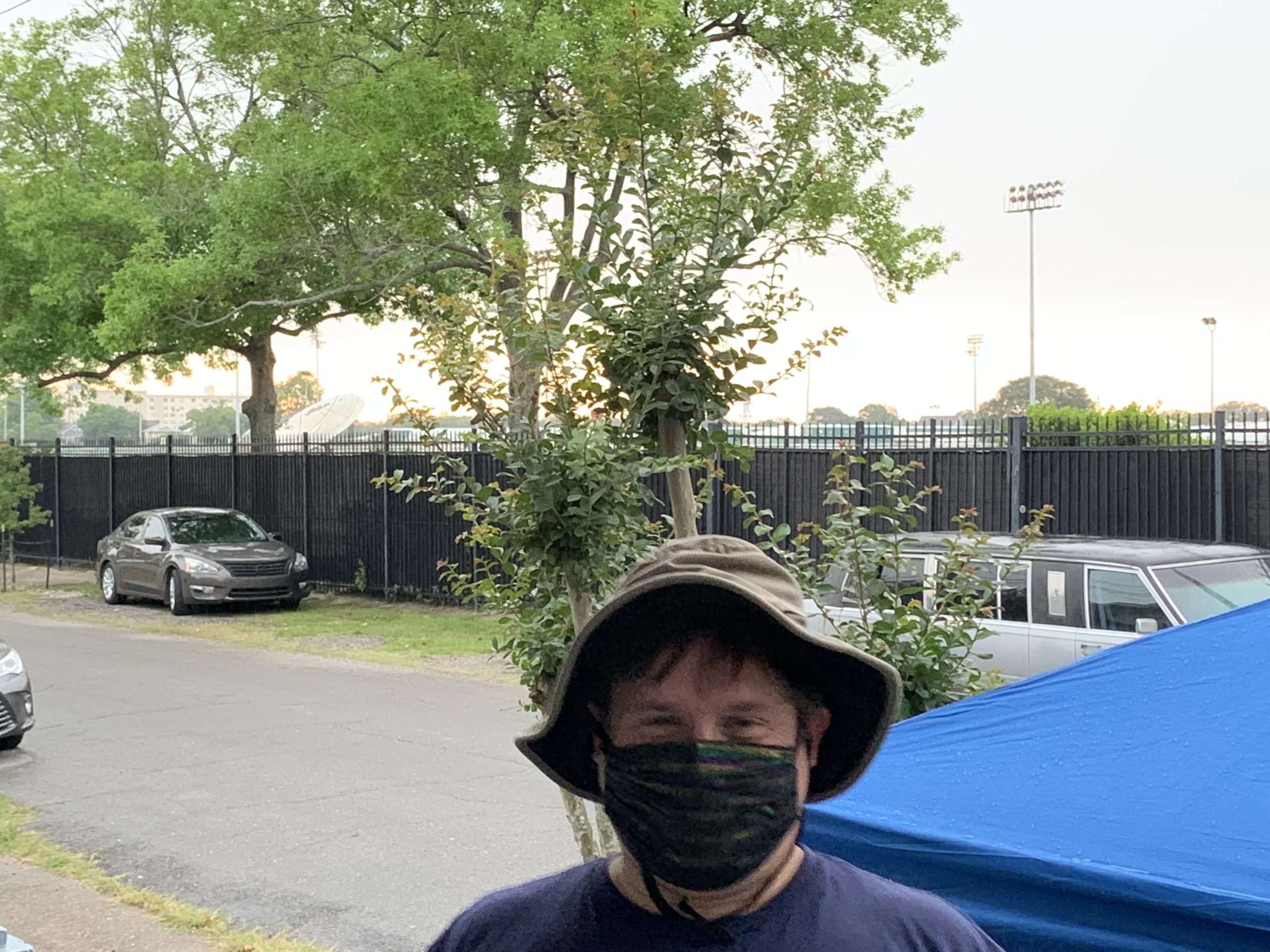
His work now includes helping reporters in New Orleans quickly get up to speed on the biggest story of their lifetimes — public health. It’s hard not to be covering COVID-19, but “it’s nice to feel that you’re inside trying to do good, too.”
Here are a few more people who shared the highs and lows of the last year and what they’re up now that they’re no longer in journalism. Their answers were edited for brevity.
Melinda Daffin
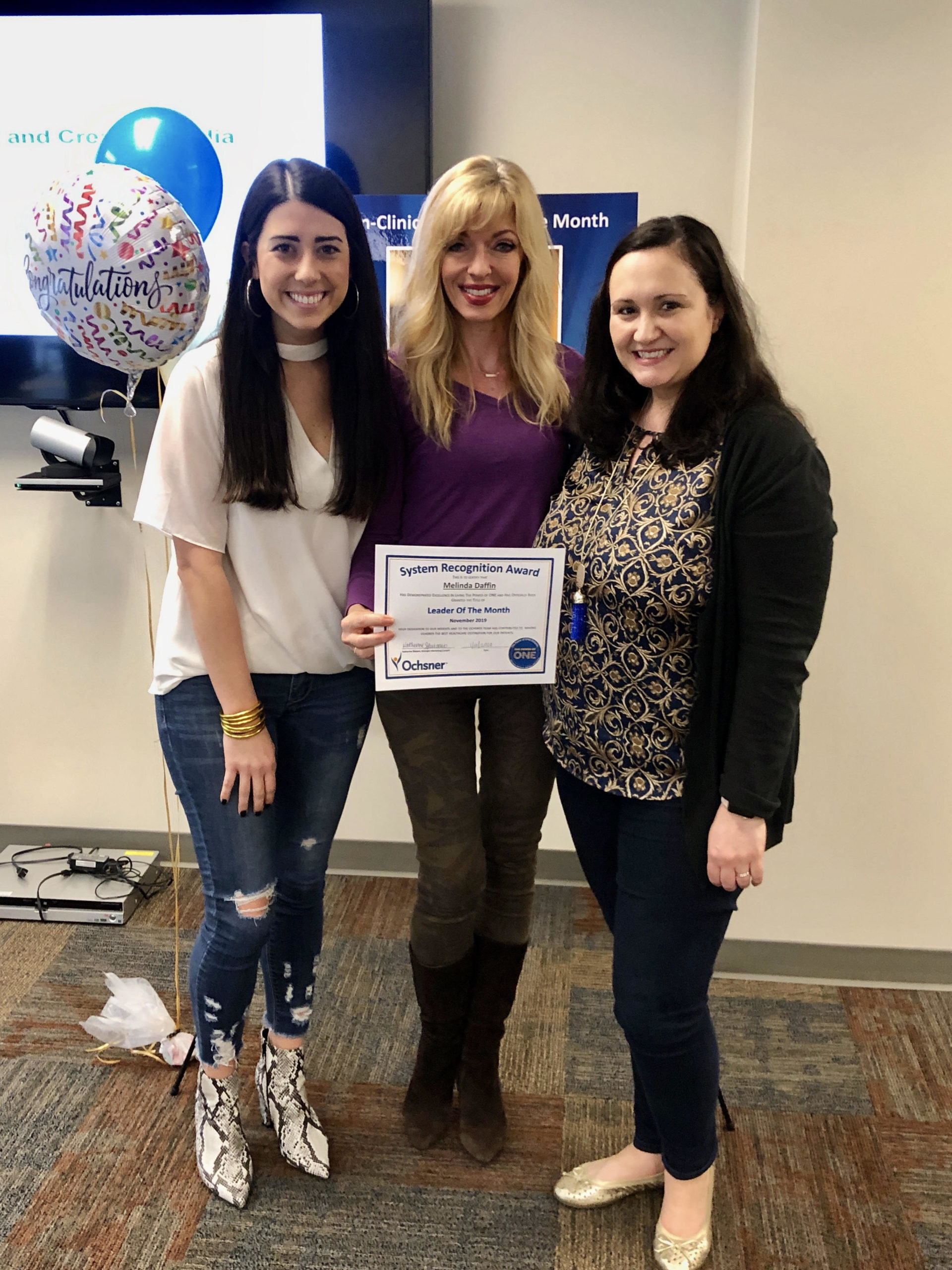
Former job: Entertainment editor
Current job: Ochsner Health, supervisor of digital content
What’s the last year been like? I joined Ochsner Health in July 2019. I’m fortunate to use my editing, writing and social media skills on a daily basis. In my first five months on the job, I won supervisor of the month (nonclinical), which was really gratifying. I work with a team of dedicated, smart, talented professionals. I’ve brought my unique skill set as a journalist to Ochsner, but they’ve taught me a lot, too.
One year later, in the midst of this pandemic, how do you view all this? I supervise all of the social media platforms and the “To Your Health” blog for Ochsner, the largest health system in Louisiana. For the past month or so especially, it’s felt a lot like working in a newsroom. I’m quite proud of the work we’ve done, especially the dozens of profiles we’ve written on our incredible front-line health care providers, whom we call Ochsner Heroes.
Haley Correll

Former job: Audience engagement editor, parenting columnist
Current job: American Red Cross, social media manager. I’m still living in New Orleans, but my job is based out of D.C.
What’s the last year been like? Making the decision to step outside of journalism after being laid off was tough. I think like many journalists, my job was part of my identity, so when that job suddenly wasn’t there anymore, I struggled with a sense of identity loss. But a bright spot in this for me is realizing that there’s always a place for storytelling, even if it’s not inside a traditional newsroom. There’s a stigma around leaving this industry, but I’ve entered the world of nonprofits in a job where I can still use my skills to tell stories, create meaningful interactions with audiences, provide important information to the public, and help people. I think when you’re in journalism, it’s hard to imagine that you can really do these things outside of a newsroom in a meaningful way, but you can.
Another bright spot: I’ve loved seeing my former colleagues soar outside of The Times-Picayune | NOLA.com newsroom. Many of my former co-workers were quickly picked up other respected publications around the country, and it’s been amazing to see the work they’ve been doing. Every time I come across one of their names in a publication like The Washington Post, which happens often, it makes me smile. I think that’s a testament to the amount of talent we had working in our newsroom.
One year later, in the midst of this pandemic, how do you view all this? When our newsroom was shut down, there was this narrative floating around that less people didn’t mean less journalism; that somehow the reporters from competing publications were just duplicating efforts, so nothing would really be lost. One year later and in the midst of a major economic and public health crisis, I think we can safely say that was a false narrative. While there is still some great reporting happening locally, I think there are also a lot of stories being left untold. There just isn’t the journalism manpower in this city that there used to be, and as New Orleanians, we’re worse off for it.
That being said …
Looking back, I still miss that newsroom and the work that we were doing, but I’m glad I’m not in the news business right now. I think that if we’ve seen anything over the past year, especially since the start of this pandemic, it’s that it doesn’t matter how great the content you’re producing is, no newsroom is safe.
Gene Guillot
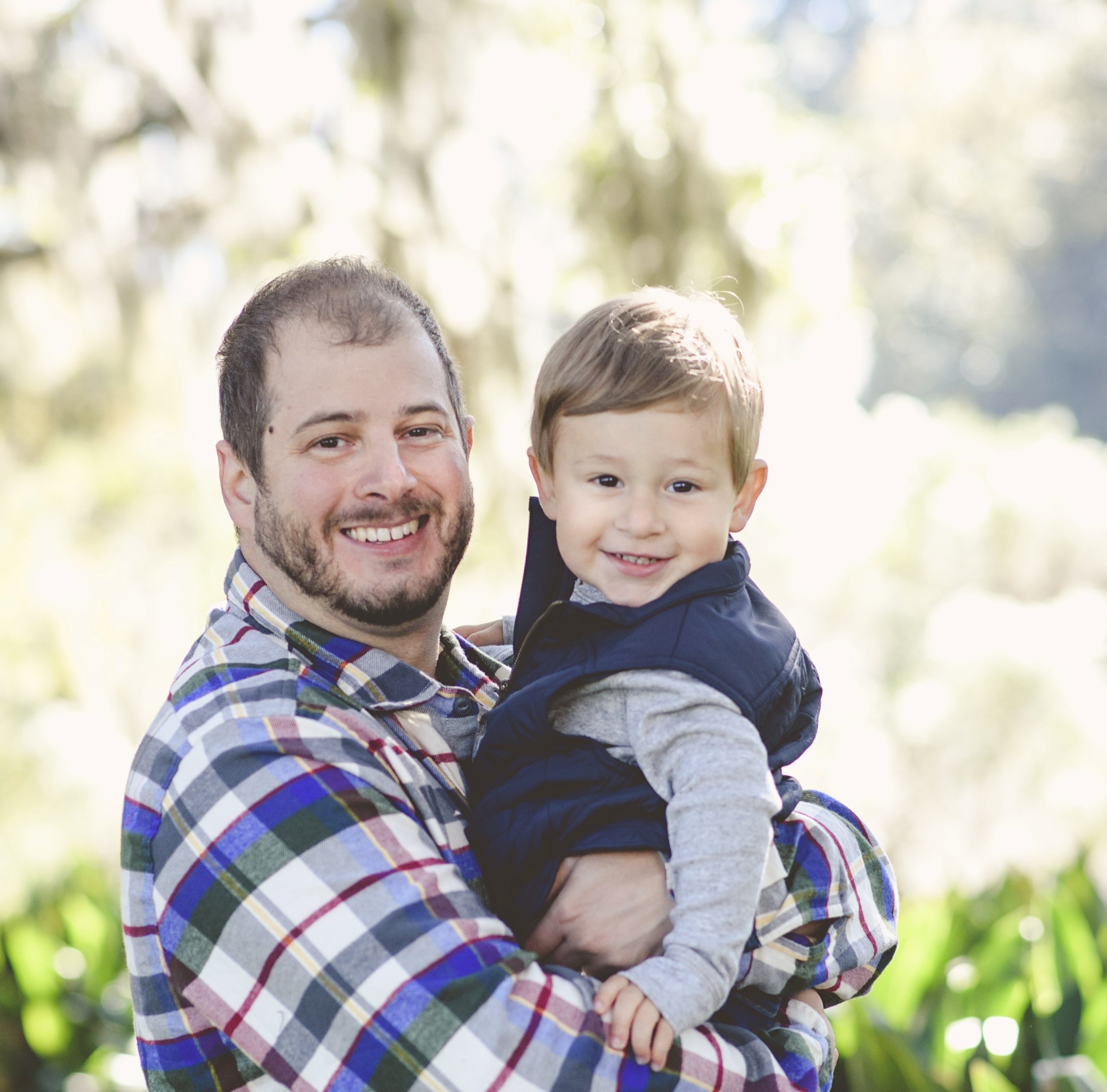
Former job: Print sports editor
Current job: JB Credit Card Solutions, office manager
What’s the last year been like? I joined the Picayune when I was 17. I had never applied for a job before, so that was new. I knew the job wouldn’t last forever but I loved it and knowing someone else in a different city was now doing it with the Times-Picayune title is a definite lowlight. Another lowlight was not being able to stay in the business (moving was not an option). Highlight was finding a landing spot in November in a new business.
One year later, in the midst of this pandemic, how do you view all this? It still hurts to think about. I’ll never forget opening that first email last May and getting that “uh-oh” feeling.
[the_ad_placement id=”_rail_pos_1″]
Some are still journalists in New Orleans, but not at the Times-Picayune.
“Besides my family and friends, the two things I love most in the world are journalism and New Orleans.”
Some are still journalists in New Orleans, but not at the Times-Picayune.
“Besides my family and friends, the two things I love most in the world are journalism and New Orleans.”
When Todd Price went to a ribbon cutting for Cafe du Monde’s opening in City Park a month after the layoff, he wasn’t there to work. Still, someone recognized the former Times-Picayune food writer, and said, “Oh you’re that person who writes about food for The Advocate.”
“I was like no, it’s not me.”
Price still lives in New Orleans. And now, he writes about food for Gannett’s American South project, documenting not just a city, but a region. It’s a job that he feels lucky to have — one that’s pushed him to grow and gives him time to tell stories in new ways. He thinks a lot of his former colleagues landed on their feet pretty well after the layoffs.
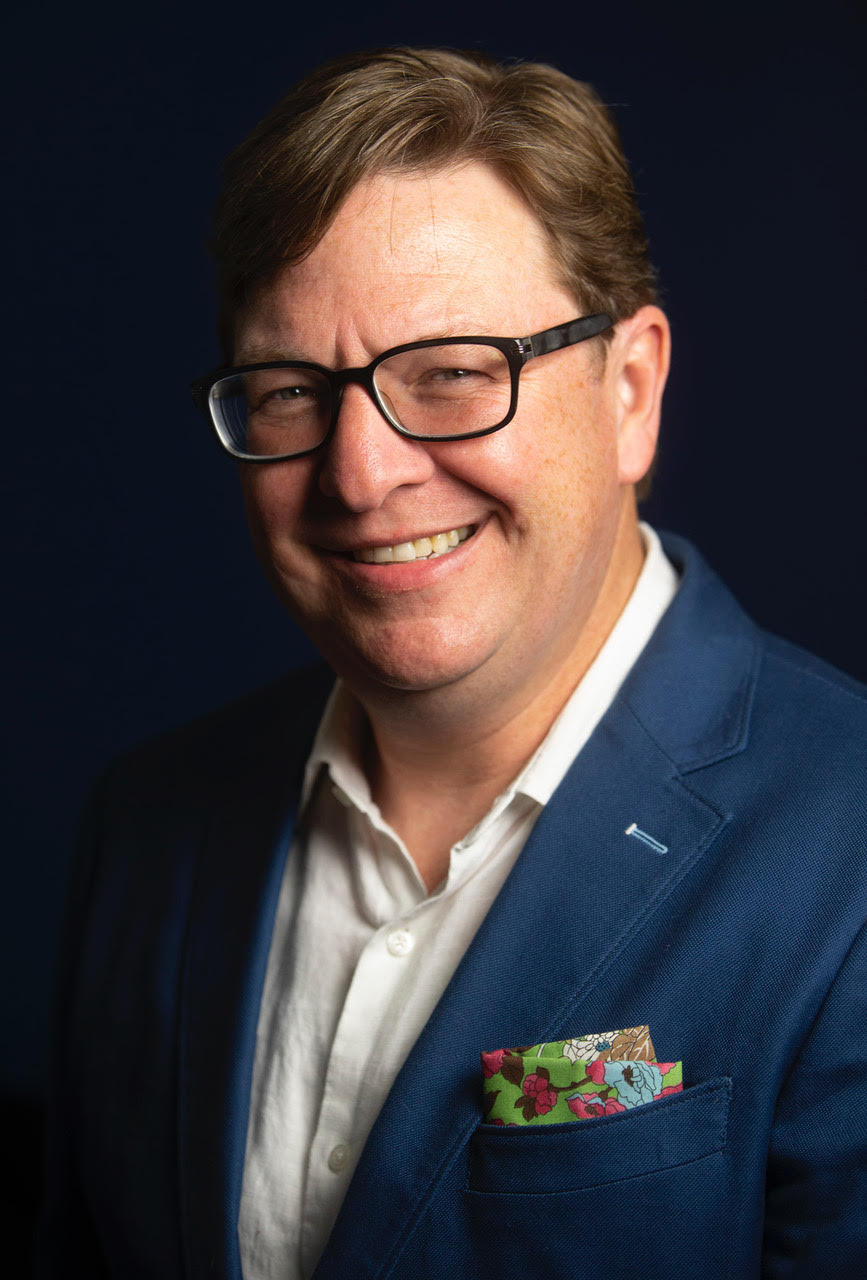
Price does miss his old beat, though.
When you’re a food writer in New Orleans, every drive down the street, every place you go and person you meet could be a story.
“And it’s different now.”
Here’s what we heard from people who stayed in New Orleans and in journalism. Their answers were edited for brevity.
Jennifer Armstrong
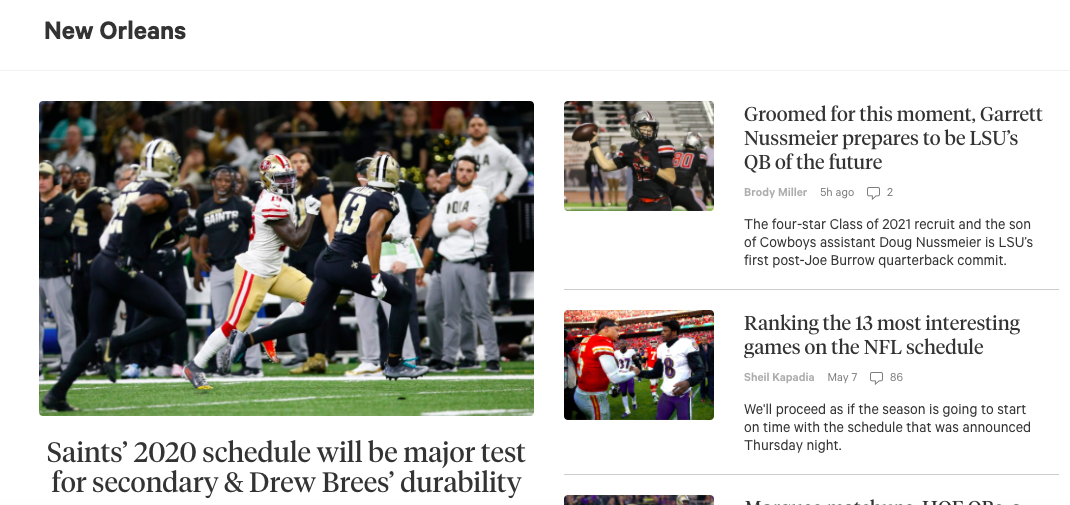
Former job: Sports editor
Current job: Managing editor, The Athletic New Orleans
What’s the last year been like? Though I was fortunate to find a perfect fit elsewhere, many of my colleagues weren’t as lucky. There were a lot of talented reporters, editors and social media experts who were left to find jobs either outside New Orleans or outside journalism. That loss still resonates, particularly during a global pandemic.
Jennifer Larino
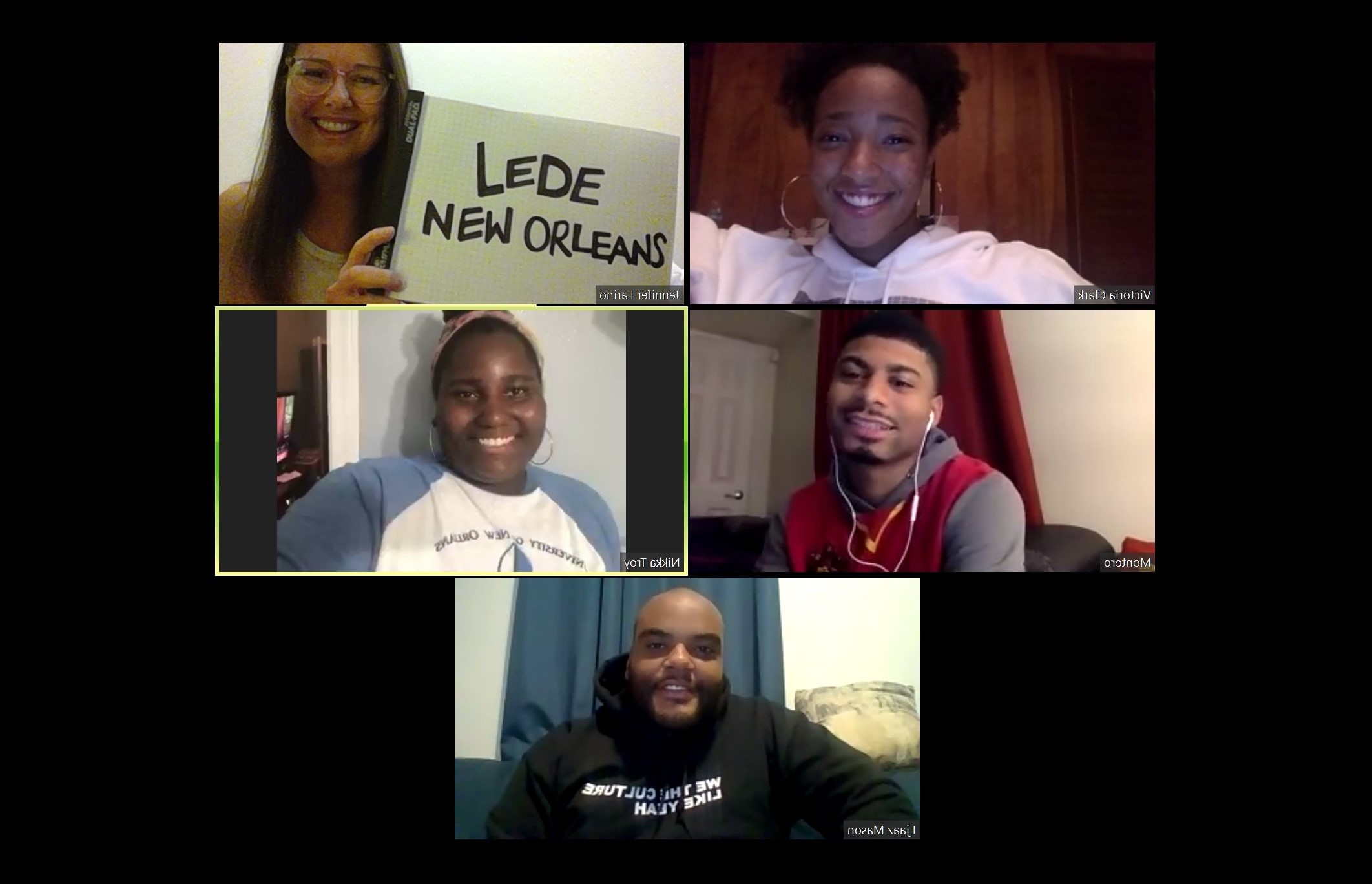
Former job: Lead reporter
Current job: Lede New Orleans, co-founder. I’m also freelance writing.
What’s the last year been like? It’s been a wild ride. After the layoff, I started Lede New Orleans, a nonprofit news initiative that works to bring journalists and local youth (ages 18-25) from underrepresented communities together to produce equitable media. This has been some of the hardest and most isolating work I’ve done in my 10-year career, but also the most fulfilling.
My co-founder, E’Jaaz Mason, and I were prepping for our spring 2020 program when the pandemic hit. We’re in the midst of a 180-degree shift, overhauling our project work to focus on telling stories about how COVID-19 has affected our community despite not being able to meet in person. The five young people in our cohort are absolute troupers, staying engaged and working through unreliable internet access, job loss and, in one case, the loss of a family member to the disease. They are what makes this thing work.
I’m not one to dwell on lowlights. I will say that going from a 9-to-5 job to awkward two months of post-layoff announcement working in limbo to starting a nonprofit from scratch (a journalism nonprofit, no less) inside of 12 months is not for the faint of heart. I’ve cried. A lot. I’ve thought about quitting. I’ve told myself that I wasn’t talented/smart/connected/insert-deficiency-here enough to do this work. But I look around me, at Glen, my awesome husband; my family, friends, and former Times-Picayune co-workers; and at E’Jaaz and the Lede fellows, and I just keep going. Because that’s what you do.
One year later, in the midst of this pandemic, how do you view all this? The past year has been one giant lesson. I’ll quote Seth Godin: “Not everything has to be OK.” In fact, many times it’s not going to be OK. The buyout/layoff was a dramatic example. I felt the sting of failure and I was forced to get comfortable with the fact that things were not OK and might not be OK for a while. I learned how to lean into the tension, to keep moving forward and to get through.
That said, what happened to the Times-Picayune newsroom last summer seems minuscule in the midst of a pandemic. My heart aches for all the families here in New Orleans and elsewhere who have lost loved ones. And for all those who are out of work, including colleagues who left for new newsrooms only to face furloughs and the threat of layoffs yet again. It all sucks. There’s no getting around it. It’s also left me more convinced than ever before that the work our team at Lede New Orleans is doing is necessary and important.
Richard Webster
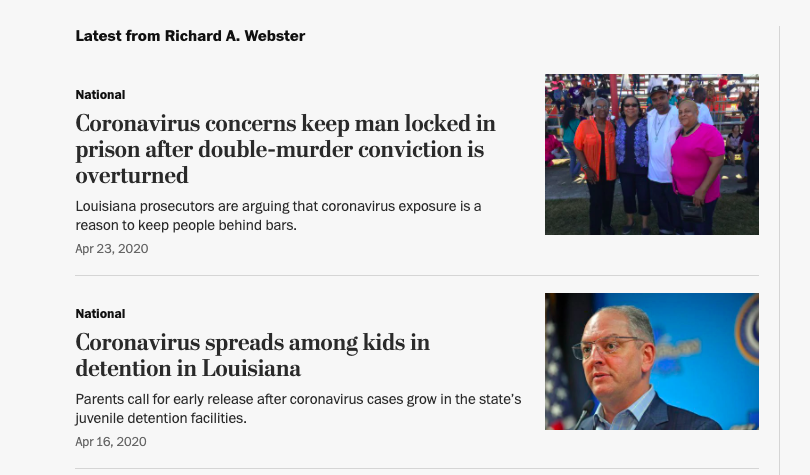
Former job: Investigative reporter with the watchdog team
Current job: Freelancer, contributor to The Washington Post
What’s the last year been like? Besides my family and friends, the two things I love most in the world are journalism and New Orleans. So, when the Advocate purchased the Times-Picayune, we were all laid off, and I wasn’t offered a job by the new owners, I was faced with what seemed like an impossible choice: Leave New Orleans and stay in journalism, or stay in New Orleans and leave journalism.
Both were unthinkable and for a month or so I was immobilized with fear. The Times-Picayune wasn’t just a job, it was the fulfillment of my professional dream, to write for the paper of record in a city I consider to be one of the most interesting and culturally vibrant places in the world. My home.
Eventually — after much self-pitying, the drinking of many Budweisers and, ultimately, a bit of soul-searching — I decided that I didn’t have to settle for either option. I could live on my savings while I attempted to freelance.
I called sources, drummed up some solid story ideas and pitched a few to The Washington Post. From September through February, I published three stories with the Post and one with the Guardian. It wasn’t enough to live on, but it provided something invaluable, proof that I did have something to offer, that my work, experience, and the issues and people I care about had a place in the industry.
If someone told me a year ago I would have several bylines in The Washington Post I would have told them they were insane.
Still, my future was very much in doubt. Money was running out and, once again, I was staring at that impossible choice. And then the coronavirus pandemic hit. The Post asked me to provide regular coverage, which I have been doing for the past several months. To be able to write national stories about New Orleans during this time has been one of the most meaningful moments in my career.
I am not sure what lays ahead for me, how this will all play out. Eventually I will need a full-time gig. But this entire experience has taught me to never give up or wallow in what seems to be the impossible.
When I decided to be proactive and take a chance on what I truly wanted in life, I posted a bunch of inspirational quotes on the window in front of my desk. The one that strikes me the most is by Walt Whitman: “Keep your face always towards the sunshine, and the shadows will fall behind you.”
Julie O'Donoghue
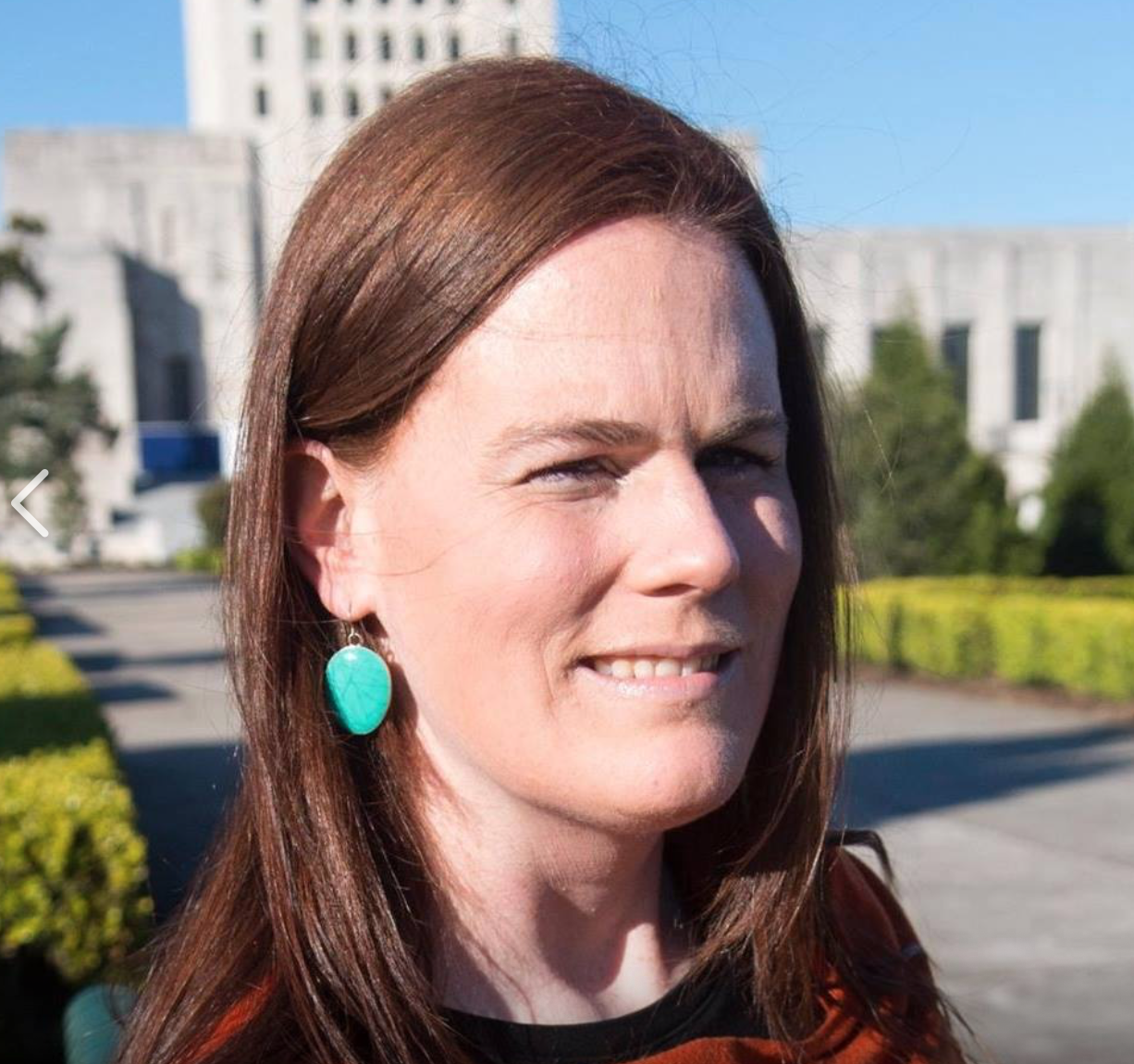
Former job: State government and politics bureau chief/reporter
Current job: Senior reporter, States Newsroom Louisiana (We don’t have our own name yet)
What’s the last year been like? Well, I moved to St. Louis to work for St. Louis Public Radio. Ten months later, I’m moving back to Baton Rouge after being recruited by States Newsroom. We had a health crisis and I got married in the middle of all that. So it’s been hectic.
My partner has a child in high school in Baton Rouge. It’s been hard for us and for him to be apart. We had a medical emergency that was more difficult to handle because we had moved away from Louisiana.
A highlight would be that it was great to try to expand my skill set at St. Louis Public Radio. Learning radio reporting was hard for me, but I think I am better for it. I’m hoping to use some of those skills I picked up by running a new podcast at our new outlet.
Also, the opportunity to come back for a new job and cover the things in Louisiana that I don’t think are receiving enough attention is a huge plus. When I was working at The Times-Pic, I had to handle a lot of daily breaking news (as the only statehouse/state government reporter) and to be able to approach that beat differently and with more flexibility will be satisfying, I think. It will also be great to be part of a bigger team working on state government issues. I’m pretty excited for that. I was alone on that beat for so long.
I would be remiss if I didn’t mention the lovely notes I got from people when I lost my job. Specifically, a lot of people at the Advocate — the paper that bought mine — were very kind. They sent me a lot of messages saying they were so upset that I lost my job. At the time, those types of notes meant a lot to me. I still think about them. The relationship between the Advocate and Times-Pic staff was often frosty … so it was nice to know people thought I was good at my job, especially other reporters. It’s not like they were normally saying nice things about my coverage.
One year later, in the midst of this pandemic, how do you view all this? In the immediate aftermath of the layoff, I felt better than expected about what happened because I had a few job offers. I knew pretty quickly that I would be able to go somewhere else and still work in journalism.
As the year has dragged on, it’s become more obvious how disruptive losing my job was — and my situation wasn’t even all that bad. I landed a good job in a city that I liked … but it was still difficult.
It cost us a lot of money to move (even though some of those expenses were covered. Unfortunately we still had to break a lease and we are about to break another lease.) As I’ve already said, it was hard on my partner’s children, particularly his son. I knew it was going to be rough emotionally, but I didn’t really realize how difficult it was going to be. I felt pretty lost for months. Looking at news about Louisiana — particularly news about the governor’s race last fall — became really hard for me. I started to ignore it so I could move on with my life.
[the_ad_placement id=”_rail_pos_2″]
Some are in journalism and out of NOLA
“Experiencing a year of journalism at The Times-Pic taught me how important local journalism is …”
Some are in journalism and out of NOLA
“Experiencing a year of journalism at The Times-Pic taught me how important local journalism is…”
Laura Testino spent just a year at the Times-Picayune before the layoffs, but it taught her a career’s worth of lessons: How to get to know a city quickly, the value of veterans with institutional knowledge, and how lucky she feels to still be in journalism.
Testino was a life and culture reporting fellow. She now covers education and children’s issues at the (Memphis, Tennessee) Commercial Appeal. Last week, she was on furlough.
“No one should be grateful for a furlough, but I am grateful for a furlough because it means I’m not laid off from my job. I’m still in journalism.”
Testino’s first day at her new job was the day the Gannett and Gatehouse merger went through, “and I was mentally prepared to lose my job again by the end of the year …”

She’s thankful now to be part of a newspaper with a union, and spent her first week on furlough working with other furloughed colleagues to build the union’s website.
“Experiencing a year of journalism at The Times-Pic taught me how important local journalism is and how important it is to collaborate,” Testino said. “Resources are too precious: There should be no such thing as a newspaper war in 2020.”
Here’s what else we heard from people who left New Orleans for other newsrooms. Their answers were edited for brevity.
Wilborn Nobles
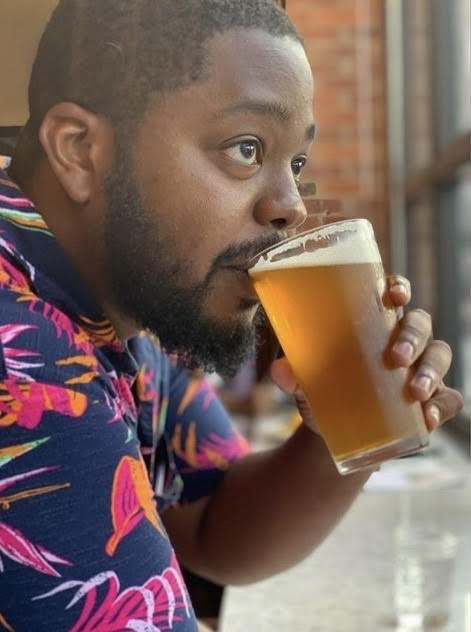
Former job: Education reporter
Current job: The Baltimore Sun, Baltimore County reporter
What’s the last year been like? Getting hired at The Baltimore Sun is the “highlight” of my layoff at NOLA.com. The Sun has done wonders for my career. I’m not as anxious about my bills as I was in the past. I get the opportunity to engage elected officials and their staff, who are some of the most dedicated public servants nationwide. I also get to work with a very talented group of people.
I’m kicking ass professionally, but at what cost? Here are some of my lowlights: I moved away from my family, friends and hometown to find a job that elevated my career.
One year later, in the midst of this pandemic, how do you view all this? Journalism is not for the faint of heart, and I’m still learning about that to this day. The Sun’s owner, Tribune Publishing, is instituting furloughs and pay cuts for some employees as the coronavirus axes advertising sales. I never imagined I would experience a layoff and a furlough before age 30, but I’m 28 and I’m preparing for my first furlough in May. The union for folks at Baltimore Sun Media launched a “Save Our Sun” campaign in an effort to detach the newspaper from corporate ownership and to create a nonprofit news model under local control.
I’m trying to be optimistic about the future of journalism. Journalists nationwide are dealing with declines in sales and public trust, but somebody needs to dig into what’s happening in society. I’m not sure we can rely on the government to dig into every allegation and accusation out there, so it’s up to us to serve the community by doing the hard work.
Jonathan Bullington
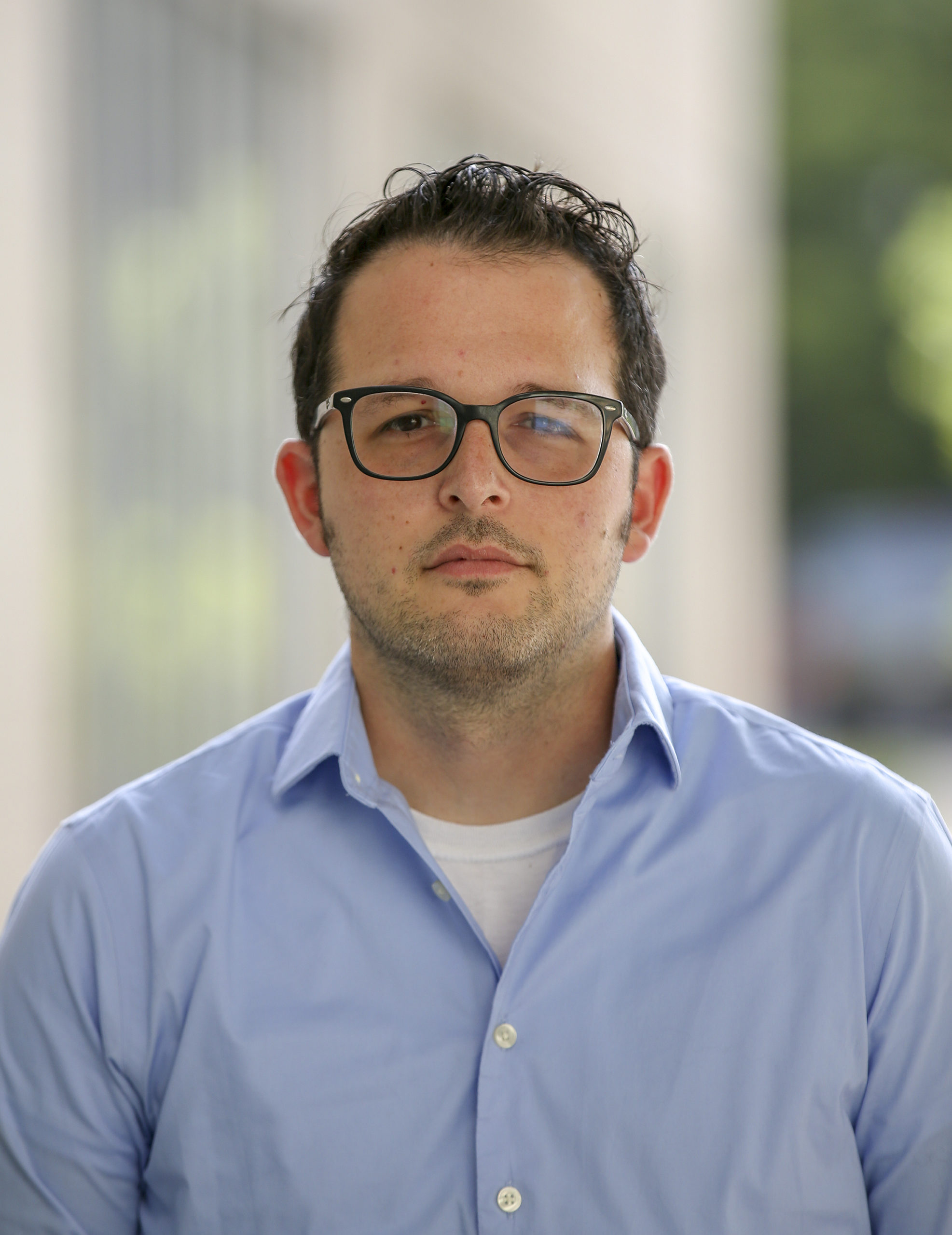
Former job: Lead investigative reporter
Current job: The (Louisville) Courier-Journal, investigative reporter
What’s the last year been like? It’s been jarring starting over in a new city and at a new paper. You don’t feel comfortable. You start to doubt yourself and your abilities. You get frustrated because you don’t have the institutional knowledge and sources you once had. At times, you feel lost. But I’ve been lucky because I landed in a newsroom full of really talented journalists and have been able to work with them to produce stories we all hope are helping our readers and our community. I’d probably be remiss if I didn’t mention one highlight has been being part of the team that just won the Pulitzer Prize for breaking news, which still feels surreal.
One year later, in the midst of this pandemic, how do you view all this? I miss my family at the Times-Pic. I’m sorry New Orleans lost journalists at a time when journalism is so incredibly essential. But I feel really fortunate to be at the Courier-Journal and I hope people will continue to support their local news.
Carolyn Fox
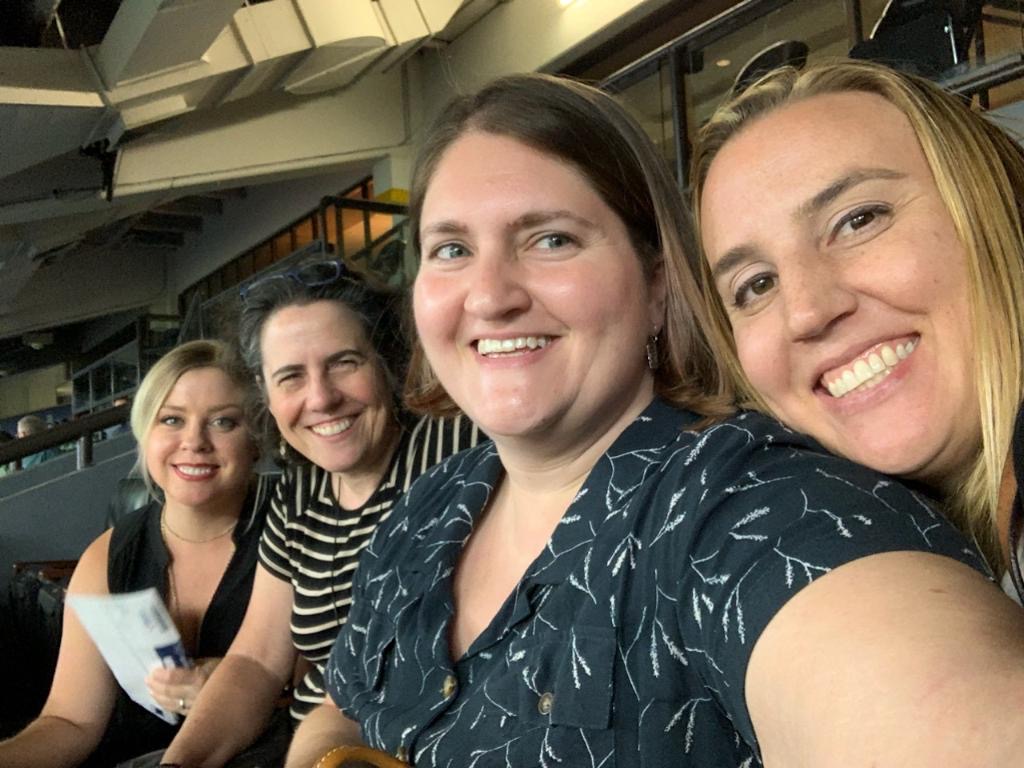
Former job: Managing editor
Current job: Senior deputy editor, engagement, sports and culture at the Tampa Bay Times
What’s the last year been like? A highlight was, and continues to be, the support and love the whole newsroom has shown for each other. I’m continually impressed by the efforts to stay in touch: in a Facebook group, on Slack, over text. A few times, we’ve banded together around people who need help through personal hardship. And former senior news editor Manuel Torres has kept up organizing monthly lunches for those still in New Orleans (I was happy to make it to one last time I was there!)
I was fortunate to find a job in another incredible newsroom quickly, but the transition was harder for me than my previous moves. It was like being the assistant conductor of a high speed train, and then, instead of slowing to a conclusion, I jumped across tracks to a new train, on a different route, with different people. A year later, I’m still finding my place.
But the experience provided a huge dose of perspective. As our industry struggles, I find myself grateful every day to still be a part of a local newsroom. Things that used to stress me out don’t as much anymore. I can see clearly how fortunate I am to have done this for as long as I have.
One year later, in the midst of this pandemic, how do you view all this? I try and find a glimmer of hope amidst the tragedy and chaos that more people will start to understand and appreciate the value of local news organizations, and know that the more journalists in your community the better. We are seeing that kind of support here in Tampa Bay. I hope they are seeing it in New Orleans, too.
(Disclosure: I will be working with Fox and the Tampa Bay Times starting next month on a fellowship project. Poynter owns the Tampa Bay Times.)
[the_ad_placement id=”_rail_pos_3″]
Some now work for The Times-Picayune | New Orleans Advocate | nola.com
“Make the best paper you can.”
Some now work for The Times-Picayune | New Orleans Advocate | nola.com
“Make the best paper you can.”
From his first day working with The Times-Picayune | New Orleans Advocate | nola.com, Schleifstein, the environmental reporter, has been among old friends. He’d worked with many of them years ago at the Times-Picayune.
“One of the things I think is difficult for the public to understand is that when The Times-Picayune owners decided to close its doors, its deal with The Advocate did not include a requirement that The Advocate hire any of its staff. So The Advocate was able to hire some, but it was largely based on their needs rather than any responsibility they had making sure people laid off by Advance had been hired.”
Eleven people from the Times-Picayune newsroom and another 12 from the business side joined him.
Schleifstein thinks there’s been some cutback in coverage with the loss of reporters since the layoffs, but there was some overlap, too. The Advocate didn’t cover coastal issues, for instance. Now with his team of grant-funded environmental reporters, they are.
The pace at The Advocate did take some getting used to, though. The Times-Picayune went all-in on digital. Staffers published directly to the site. But the Advocate was, in most cases he said, print-first.
“All of a sudden, I’m back to 10 years past where my strategy is required to be online first only if it’s really an emergency or if there’s a possibility of being scooped. Otherwise your strategy is to make the best paper you can.”
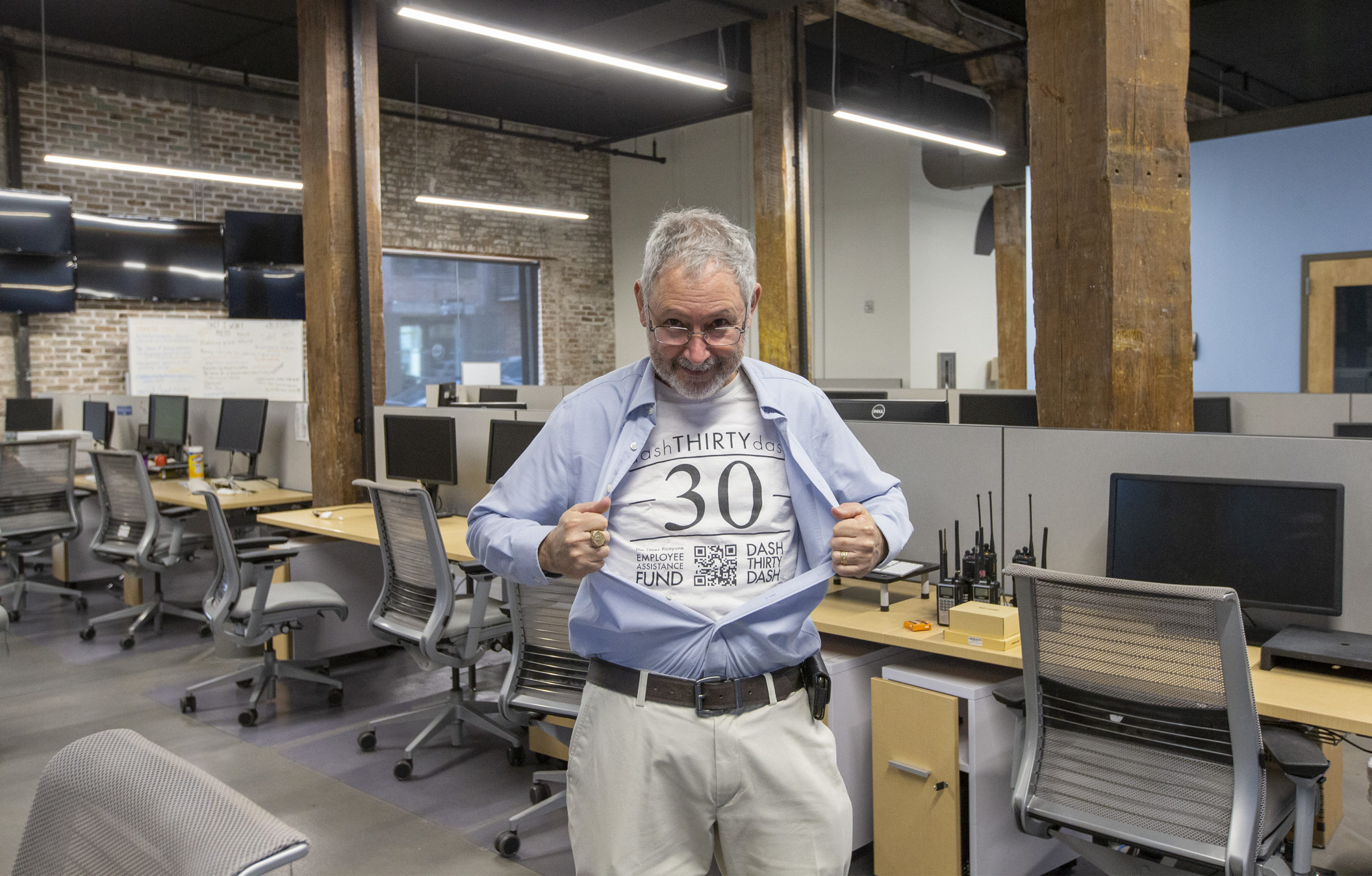
It took time, but now, Schleifstein said, it works. And he thinks the Advocate staff is benefiting from the Times-Picayune staffers’ digital instincts. Especially now.
“We’re hoping to change their minds,” he said. “COVID certainly has helped that. They are doing exactly what we used to do with breaking news every day.”
The Times-Picayune | New Orleans Advocate | nola.com faces the same impossible demands as the rest of a media industry as it covers the pandemic that’s devastating it financially. In March, the newsroom announced furloughs and a cut in hours.
Unlike many local newspapers around the country, though, it has not yet announced any cuts in print.
Here’s what else we heard from someone who joined the Advocate’s newsroom.
David Grunfeld
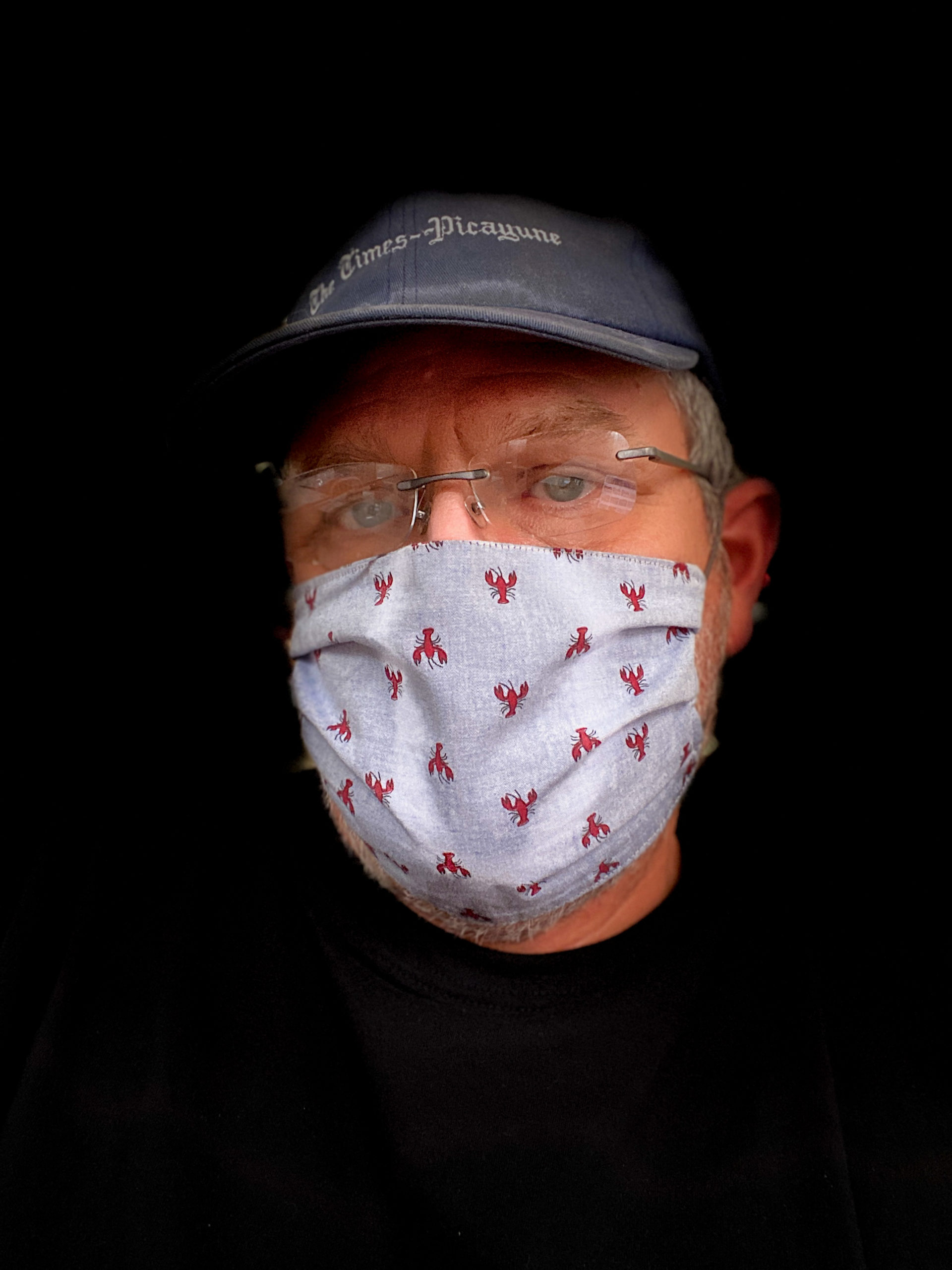
Former job: Lead photographer
Current job: Director of photography
What’s the last year been like? I’ve been very fortunate to carry on my 25 year career as a photo editor and staff photographer in New Orleans. I was hired soon after the layoff as director of photography at The Times-Picayune | New Orleans Advocate | NOLA.com. It’s been an extraordinary year for news in New Orleans. On my first day in my new leadership role, Hurricane Barry was barring down on our region. A couple of months later, the Hard Rock Hotel site collapsed, of course a great run for the Saints and now the coronavirus pandemic. It’s been a relearning experience since I was a digital-first journalist since 2012 and now, in addition to the web responsibilities, the paper is published seven days a week. There are two different audiences we provide visual reporting for. My low point is that I miss everyone I worked with. We had a strong bond.
One year later, in the midst of this pandemic, how do you view all this? One of the things I learned at the former Times-Picayune | NOLA.com was to become proficient in working remotely. On March 17, our offices closed because of social distancing mandates for the coronavirus. That transition has suited me well, along with the photo staff.
Epilogue
Epilogue
There’s a time last summer that Litten, the city hall reporter now with the health department, remembers because of two things.
“We lost Dr. John and Leah Chase within a week of each other.”
He remembers there were five second lines, a Sunday funeral parade tradition in the city, for Dr. John, the beloved musician, and Chase, an iconic Creole chef.
Litten went to three of them.
He knew already that the job at the health department might be an option. He also had some opportunities to move away and stay in journalism. And he thought to himself: I will never regret the decision to stay in New Orleans.
A lot of his colleagues did leave. They loved New Orleans just like he loves New Orleans. If not for the layoffs, Litten thinks, all of them would still be there, covering the city.
That doesn’t take away from the important work of the journalists at New Orleans’ daily newspaper.
“But it’s hard not to look at that and say we lost some important voices.”
Here’s where the former staff of the Times-Picayune are now:
Here’s where the former staff of the Times-Picayune are now:
- Several left journalism
- Eleven moved to The Times-Picayune | New Orleans Advocate | NOLA.com
- Three work for The Athletic
- Two work for WDSU in New Orleans
- One works for WVUE in New Orleans
- One launched a new newsroom, Lede New Orleans
- Two work for Gannett’s The American South project in New Orleans
- One works for The New York Times
- Two work for The Wall Street Journal
- Two work for The Washington Post
- One works for the Marshall Project
- Two work for the Houston Chronicle
- Two are starting a new newsroom for States Newsroom in Baton Rouge
- One works for Hearst Connecticut Media
- One works for The (Memphis, Tennessee) Commercial Appeal
- One works for The (Colorado Springs, Colorado) Gazette
- One works for The Seattle Times
- One works for Capital Beat News Service in Atlanta
- One works for The Baltimore Sun
- One works for AL.com
- One works for The Boston Globe
- One works for The (Louisville, Kentucky) Courier-Journal
- One works for the Tampa Bay Times
More from Poynter
How getting laid off from the Times-Picayune prepared me for a global pandemic
Upstart New Orleans Advocate has bought the rival Times-Picayune
How the Advocate conquered New Orleans
Here’s how Times-Picayune journalists said goodbye to New Orleans
Dear New Orleans’ newly merged newspaper – please just pick a name.
This story was originally published on May 21, 2020
Written by Kristen Hare
Designed and Edited by Ren LaForme
